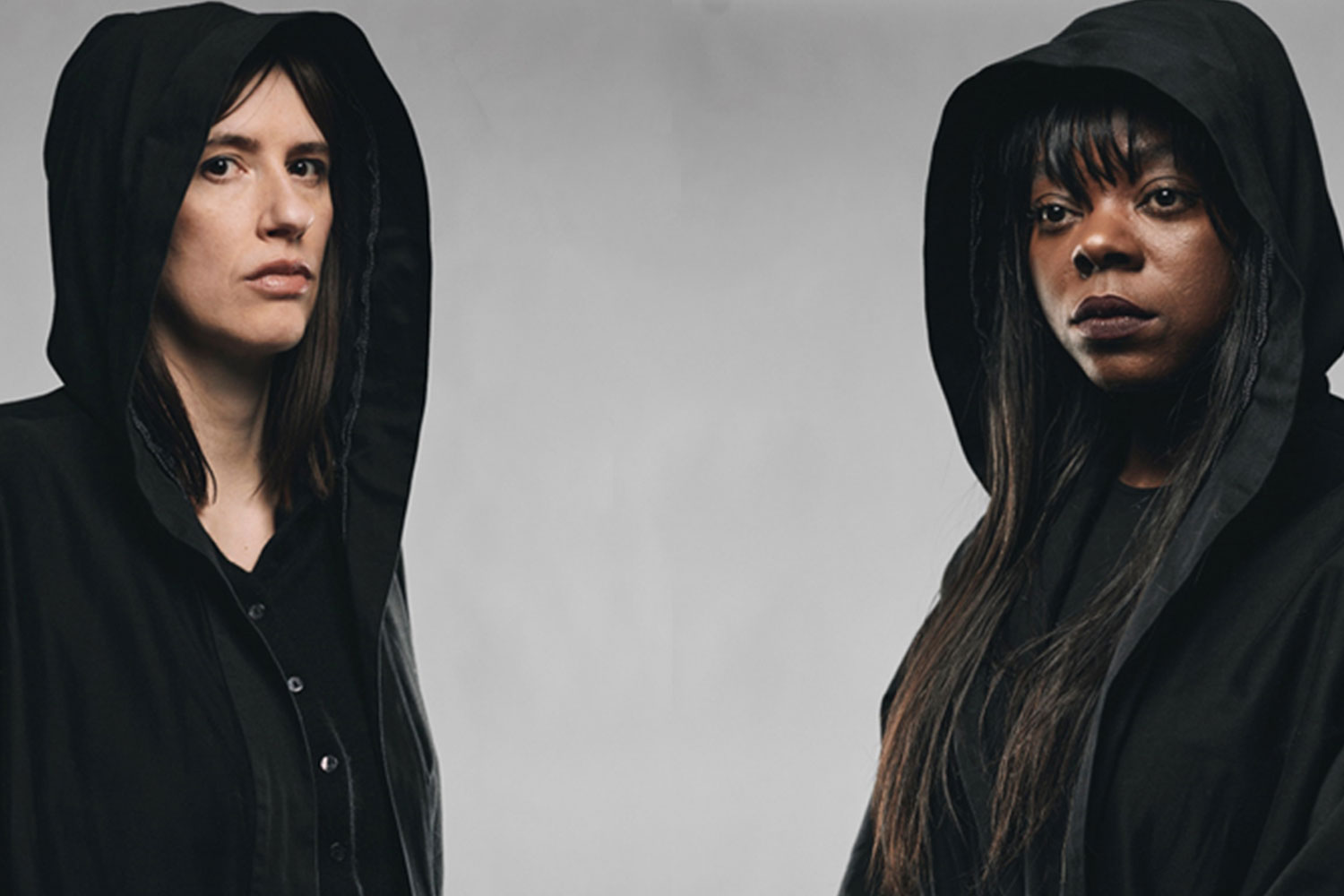Desire Under the Elms
Desire under what elms, exactly? Eugene O’Neill‘s 1924 stage directions specify two enormous trees that brood obsessively over the mid-19th century New England farmhouse “like exhausted women resting their sagging breasts and hair and hands on its roof.”
This tragic atmosphere of brooding inevitability is expressed more abstractly in Ian MacNeil‘s design and James Farncombe’s lighting: Ephraim Cabot’s farmhouse moves on trucks, changes shape and angles, bathed in a sickly green wash as the tragedy unfolds.
75-year-old Ephraim (Finbar Lynch) has a new wife, Abbie Putnam ([Denise Gough), who falls in love with his third son, Eben (Morgan Watkins). The first of O’Neill’s major “Greek” plays, this triangle echoes that of Theseus, Phaedra and Hippolytus in Euripides and Racine. But there’s also a child.
It’s an extraordinary coincidence that Noël Coward was appearing in his own Oedipal comedy of drugs and mother love, The Vortex, at the same time as O’Neill’s play premiered starring Walter Huston as Cabot. But director Sean Holmes is surely drawn to the piece because of the Sarah Kane connection in Phaedra’s Love.
For in its warped intensity, enclosed, inbred society and forthright dealing with lust, adultery, incest and infanticide, this production has the murky, horrifying (though less explicit) impact of the Kane play combined with the unexpected formal pleasure of choric tragedy.
A plaintive guitarist, very Ry Cooder-ish, wanders through the action. The neighbouring farmers and their wives form a social background of comment and nosiness, while Ephraim’s two elder sons comically conjure a world elsewhere of girls and sun in the Californian gold rush. This particular spot of land is doomed, worn out, barren.
And Holmes’ actors convey a sort of clapped-out sensuality, a world of thighs and sighs, in their trudge towards disaster. Lynch, gaunt and ghostly, is all flint and granite as the bearded old farmer, while Gough brings a full palate of emotional colour to her yearning physicality and Watkins virtually sleep walks into a nightmare he can’t control.
You can’t say that the evening cheers you up all that much, but it is thrilling to see so difficult a play so well done (I’ve seen two previous versions: gloomy at Greenwich in 1987 and compellingly “Irished” with Shared Experience in 1995), and made to feel contemporary, too, not least because of the enthusiastic presence of the Lyric’s Young Ensemble in the chorus.










